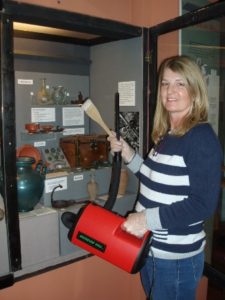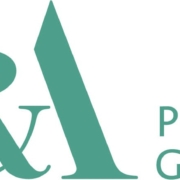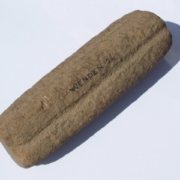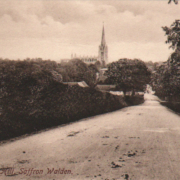Behind-the-scenes on a Monday!

Have you ever wondered what staff do when the museum is closed on a Monday? We’re busy behind the scenes, making sure our collections are documented and cared for.
 An important job to complete when the Museum is closed to visitors is routine cleaning of the museum’s permanent displays. Volunteers are helping curatorial staff to clean objects on display, a few cases at a time. This not only keeps the displays looking good, but also prevents potentially harmful dust particles accumulating on fragile objects, and allows curatorial staff to check for signs of corrosion and other problems.
An important job to complete when the Museum is closed to visitors is routine cleaning of the museum’s permanent displays. Volunteers are helping curatorial staff to clean objects on display, a few cases at a time. This not only keeps the displays looking good, but also prevents potentially harmful dust particles accumulating on fragile objects, and allows curatorial staff to check for signs of corrosion and other problems.
Objects are carefully removed from the case to a table covered with acid-free tissue paper. Here they can be examined and very gently brushed to remove dust particles. The nozzle of the special mini-vacuum cleaner, designed for museum conservation, is held just above the object to remove any loose dust without touching fragile surfaces. Once the case interior has also been cleaned, everything can by placed back on display and the case secured. It can take about an hour to do a medium-sized show case.
Volunteer Joanne has been helping our curator Carolyn to clean the archaeology displays. So far, we are about half way round the gallery. In the case behind Joanne are some of the beautiful Roman glass vessels, pottery and metal objects used by and buried with local people over 1,800 years ago, at Little Walden, Canfield, Bartlow and Stebbing.
Other curatorial staff work in our off-site store with volunteers on a Monday. Here, we add and edit information about the collection onto our collections management database, making sure we know exactly what we have in the collection and where it is! This has been particularly important in the aftermath of our store-move, as the locations of all the objects moved (about 80,000 objects in total) needed to be updated! Every object has a separate record on the database, with information about its history, provenance, significance and physical appearance. 
As we work through the collections systematically, adding information to the database, we check the condition of our objects and identify any conservation work that needs to be done. Our new store has helped dramatically with this process as we now have the space to store our objects in a more visible way and to lay out objects so that they can be inspected.
Whether they are on display, or cared for in our stores, our collections are at the heart of the museum. It is vitally important that we take the time to care for them properly, so that they are preserved for people to enjoy long into the future.








